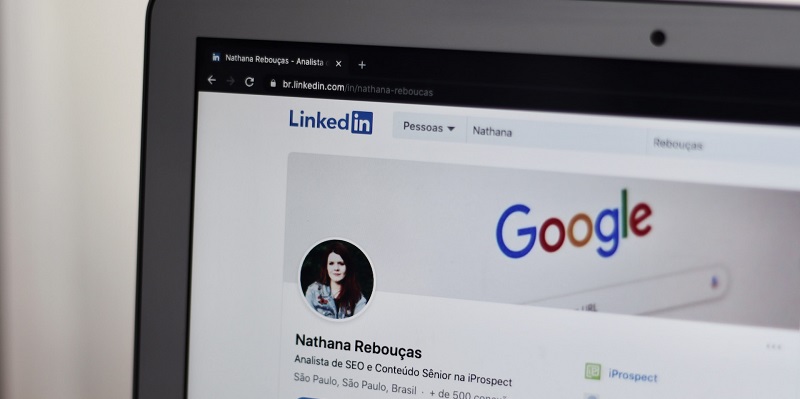In the ever-evolving landscape of cyber threats, a recent phishing campaign has emerged, leveraging LinkedIn Smart Links to target users across various industries. This sophisticated operation, involving over 800 carefully crafted emails, aims to collect valuable credentials and poses significant risks to organizations. In this article, we delve into the details of this campaign, explore the targeted verticals, discuss the objectives, shed light on LinkedIn Smart Links, analyze the complexity in detection, explain the modus operandi of the phishing infection, highlight the exploitation of trust and legitimacy, consider previous incidents, and emphasize the crucial role of employee training in combating such attacks.
Targeted verticals: financial, manufacturing, and energy sectors
The phishing campaign has set its sights on high-value verticals, primarily the financial, manufacturing, and energy sectors. These industries possess sensitive information and critical infrastructure, making them lucrative targets for cybercriminals. The potential impact and data breach risks associated with these sectors make them highly desirable to threat actors seeking unauthorized access, financial gain, or competitive advantage.
Campaign Objectives: Collecting Credentials via LinkedIn Smart Links
Cofense, a leading provider of human-driven phishing defense solutions, estimates that the campaign’s main objective is to amass as many credentials as possible. To achieve this, the attackers exploit LinkedIn business accounts and utilize Smart Links. LinkedIn Smart Links, commonly used by organizations to distribute content and track user engagement, are now being utilized for malicious purposes, posing a significant threat to users’ security and privacy.
Understanding LinkedIn Smart Links
LinkedIn Smart Links play a vital role in content delivery and tracking user interactions. Typically associated with trusted domains, these Smart Links have found favor among organizations due to their ability to navigate email security measures. However, cybercriminals are capitalizing on this trust, making it increasingly challenging for email security gateways to detect and block malicious Smart Links. Complicating matters further, phishers employ obfuscated victim emails, making these deceitful messages even more elusive.
The Mechanics of Phishing Infections
When a user falls victim to a phishing attempt using a malicious Smart Link, the infection process is set into motion. The unsuspecting user clicks on the Smart Link, believing it to be legitimate, only to be redirected to a convincing phishing page designed to extract sensitive information. In this particular campaign, the phishing kit employed by the attackers cunningly autofills the malicious form with the victim’s email, giving the impression of legitimacy and heightening the chances of successfully harvesting credentials.
Previous incidents: a disturbing trend
This phishing campaign exploiting LinkedIn Smart Links is not an isolated incident. Reports of similar attacks have emerged in the past, indicating an ongoing threat landscape. It is evident that cybercriminals continue to exploit the trust and popularity of LinkedIn to execute carefully crafted phishing campaigns. This underscores the need for persistent vigilance and proactive measures in addressing this pervasive threat.
The importance of employee training
While technological defenses are crucial, employee training remains paramount in the fight against phishing attacks. By equipping employees with the knowledge to detect and avoid phishing attempts, organizations can create a frontline defense against these threats. Regular training sessions should focus on email security best practices, identifying suspicious emails and links, and maintaining a culture of cybersecurity awareness. Organizations should also consider conducting simulated phishing exercises to further reinforce employees’ ability to recognize and respond appropriately to potential threats.
The phishing campaign utilizing LinkedIn Smart Links serves as a stark reminder of the persistent and ever-evolving nature of cyber threats. The targeted verticals, including the financial, manufacturing, and energy sectors, demand heightened vigilance. Organizations must prioritize the implementation of robust security measures, invest in cutting-edge email security gateways, and actively raise awareness about the risks posed by phishing attacks. Equally important is the commitment to ongoing employee training to empower staff in identifying and mitigating these threats effectively. By combining these efforts, organizations can fortify their defenses against phishing attacks and safeguard their sensitive information, reputation, and overall business continuity.

